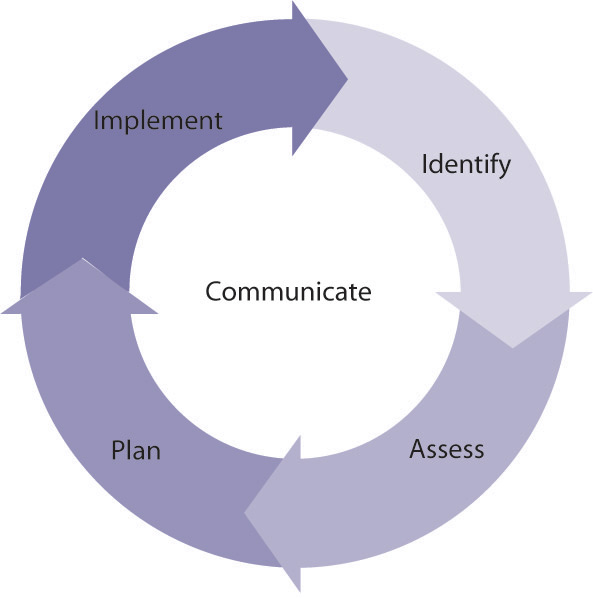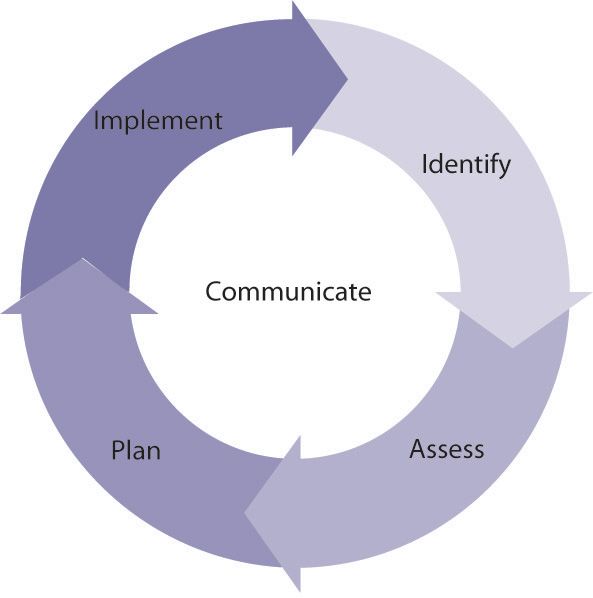Andy Trainer
12 Jul 2007
Risk THEME
PRINCE2® Themes – Risk Management
The purpose of the Risk theme is to identify, assess and control uncertainty and, as a result, improve the ability of the project to succeed.
Risk taking in projects is inevitable since projects are enablers of change and change introduces uncertainty, hence risk. Management of risk should be systematic and not based on chance. It is about the proactive identification, assessment and control of risks that might affect the delivery of the project’s objectives.
The project should establish and maintain a cost effective risk management procedure. The aim is to support better decision making through a good understanding of risks – their causes, likelihood, impact, timing, and the choice of responses to them.
Management of risk is a continual activity, performed throughout the life of the project. Without an ongoing and effective risk management procedure it is not possible to give confidence that the project is able to meet its objectives and therefore whether it is worthwhile for it to continue. Hence effective risk
management is a prerequisite of the continued business justification principle.
Risk management:
For risk management to be effective, risks need to be:
- Identified This includes risks being considered that could affect the achievement of the project’s objectives, and then described to ensure that there is a common understanding of these risks
- Assessed This includes ensuring that each risk can be ranked in terms of estimated likelihood, impact and immediacy, and understanding the overall level of risk associated with the project
- Controlled This includes identifying appropriate responses to risks, assigning risk owners, and then executing, monitoring and controlling these responses.
Risk Management procedure

© Crown Copyright 2009. Reproduced under Licence from OGC
PRINCE2 recommends a risk management procedure comprising the following five steps:
- Identify (context and risks)
- Assess (i.e. Estimate and Evaluate)
- Plan
- Implement
- Communicate
The first four steps are sequential, with the ’Communicate’ step running in parallel because the findings of any of the other steps may need to be communicated prior to the completion of the overall process. All of the steps are iterative in nature in that when additional information becomes available, it is often necessary to revisit earlier steps and carry them out again to achieve the most effective result.
In addition to our PRINCE2 Courses we can also arrange Risk Management course on a private basis on dates to suit.
